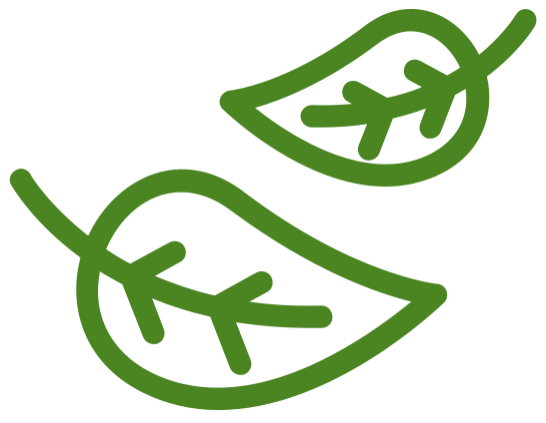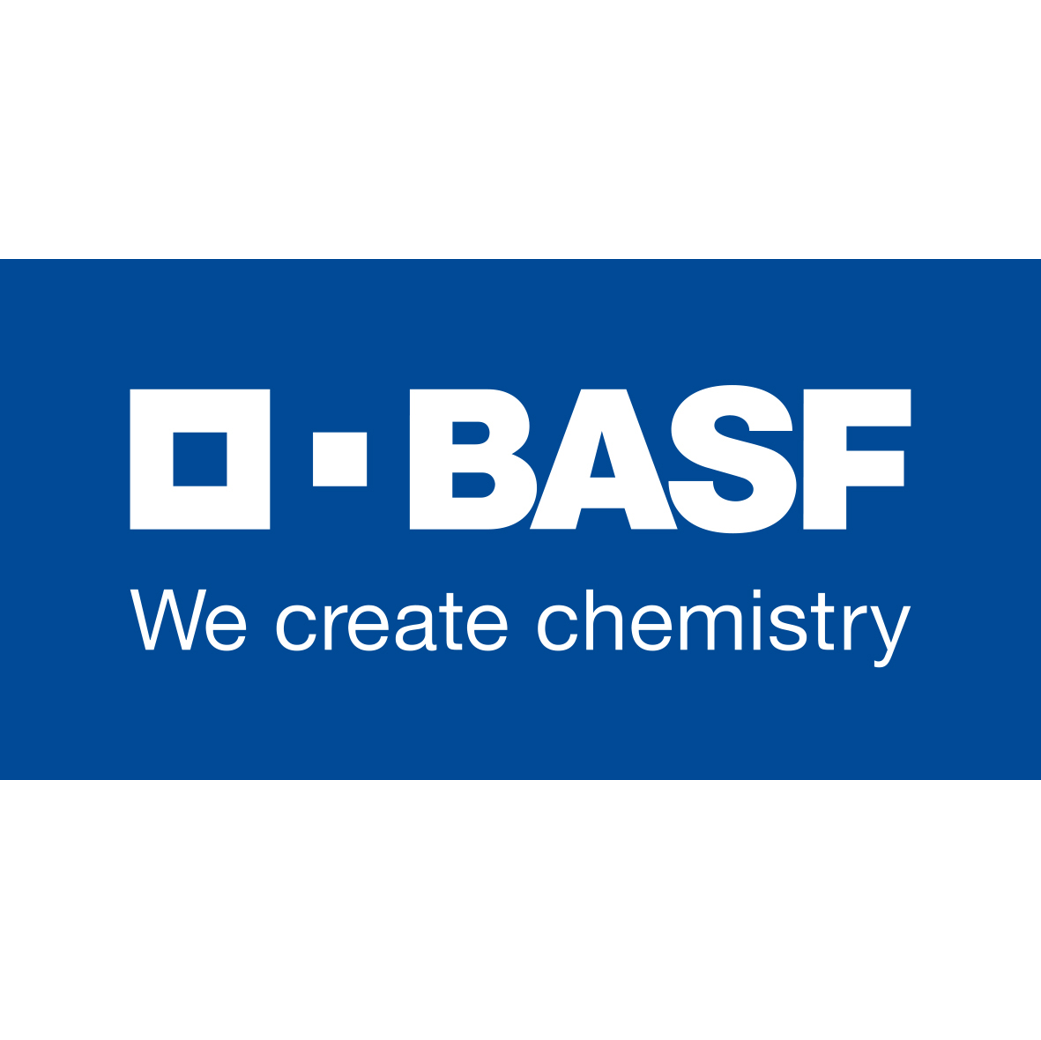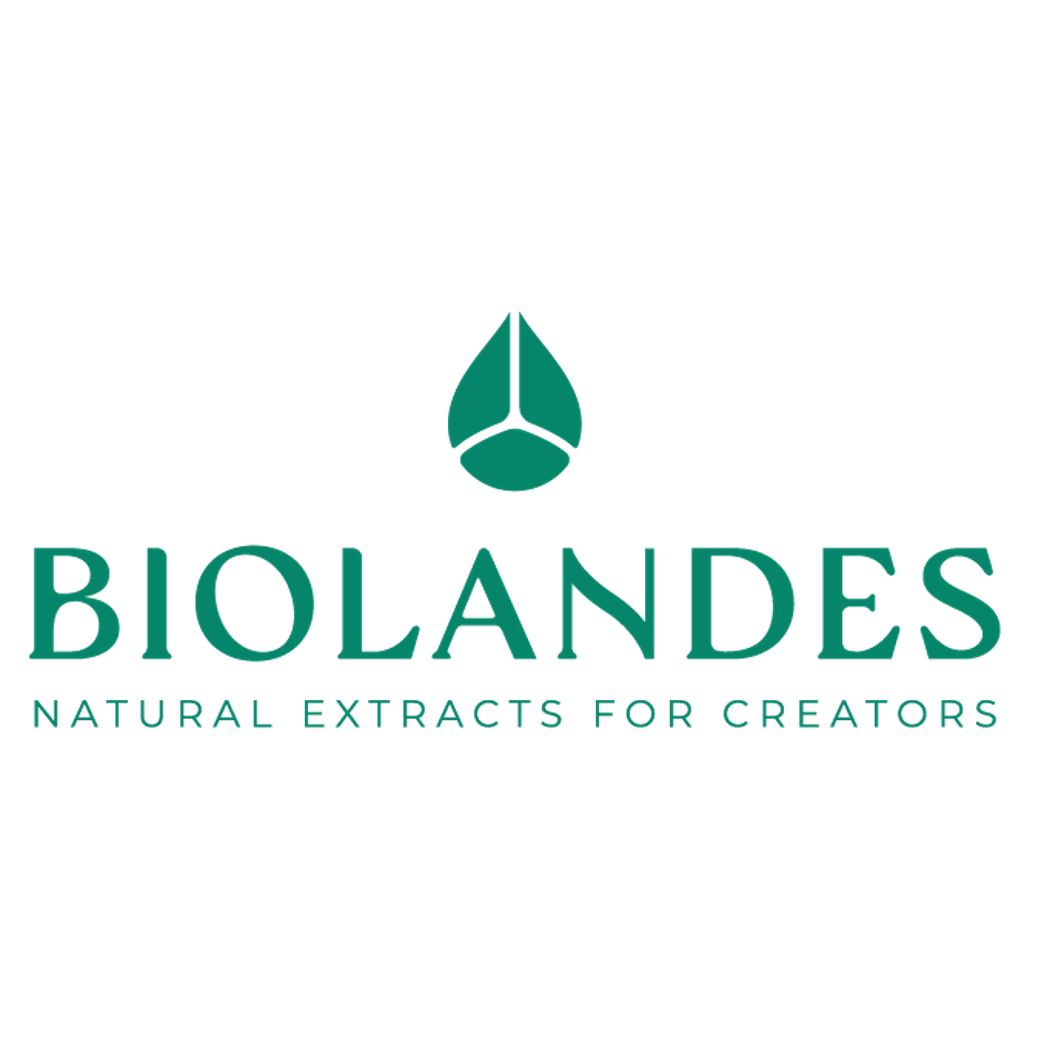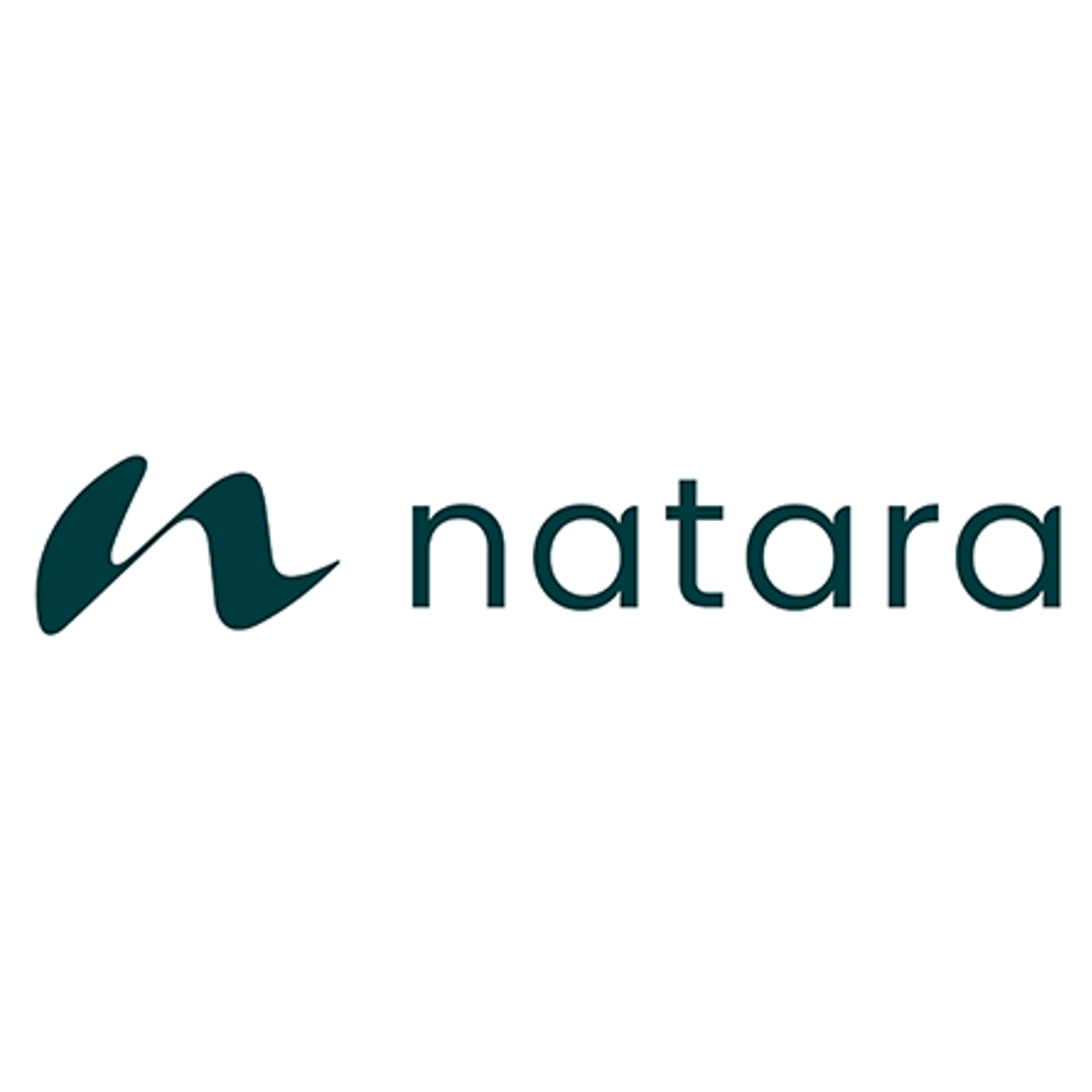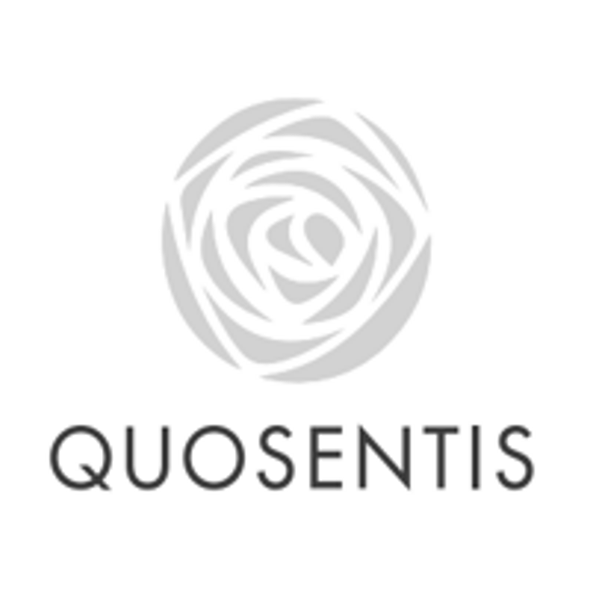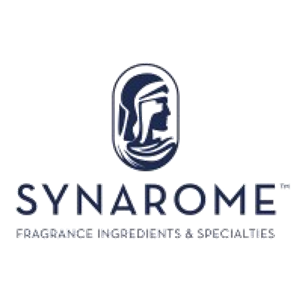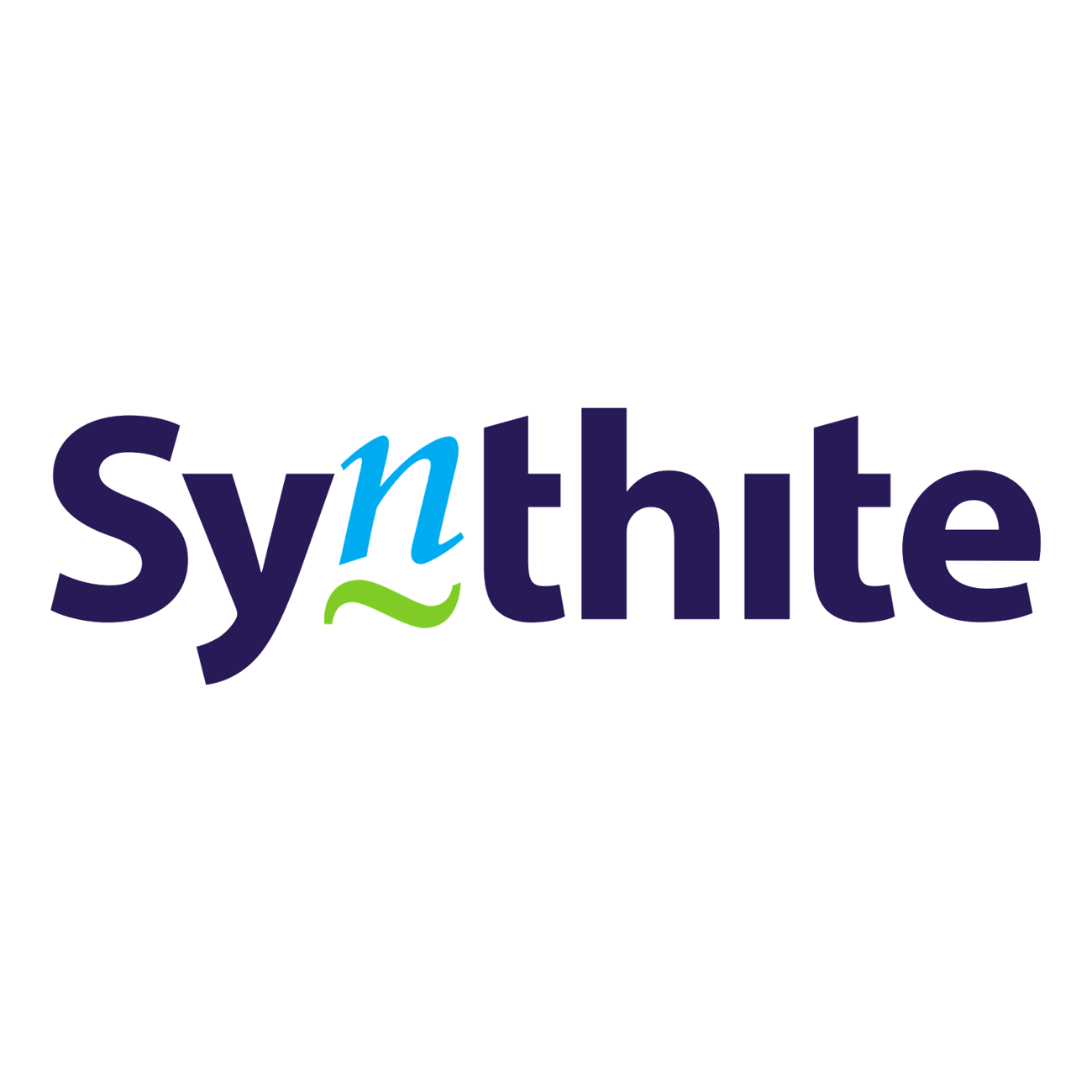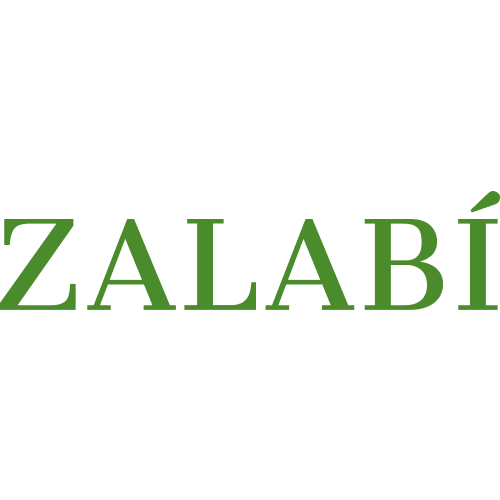
| Company | Ingredient Name | ID | Comments | Naturality | Certifications | MOQ | Latin name | Treated part | Geographical origin |
|---|---|---|---|---|---|---|---|---|---|
|
|
TANAISIE ANNUELLE | B887 |
Visit website
|
Huile essentielle |

|
- | Tanacetum annuum L. | Sommité fleurie | Maroc |
|
|
TANAISIE BLEUE | P00614813000 |
Visit website
|
Huile essentielle | - | Tanacetum annuum L. | Fleur, Tige | Maroc |
General Presentation
-
CAS N° :
8016-87-3 -
EINECS number :
284-653-9 -
FEMA number :
Donnée indisponible.
-
Volatility :
Heart/Base -
Price Range :
€€€
Physico-chemical properties
-
Appearance :
Yellow liquid -
Density :
-
Refractive Index @20°C :
Data not available. -
Optical rotation :
-
Vapor pressure :
Data not available. -
Flash Point :
Data not available. -
Acid Value :
Botanical informations
Botanical name :
Vogtia annua (L.) Oberpr. & Sonboli
Synonyms : Balsamita annua (L.) DC. // Tanacetum annuum L.
Botanical profile :
Blue tansy, also known as annual tansy, is a plant belonging to the Asteraceae family and the genus Tanacetum L.
The Asteraceae family is one of the most important in perfumery, including species such as Artemisia (wormwood, armoise, tarragon, davana), as well as tagetes, tansy, and immortelle.
Chemotypes :
The genus Tanacetum L. contains about 70 species, only Tanacetum annum L. is used in perfumery. Note the availability of Common Tansy - Tanacetum vulgare L. which is widely used in aromatherapy
Extractions & Uses
Extraction process :
The most communly used extraction process is the hydrodistillation on flowers and tops. Extraction yield may varies between 0.2 to 0.4%
Uses in perfumery :
Used mainly for its fresh, camphorated and aromatic smell. Interesting in fougères or colognes. However: the high thujone content (≈70%) significantly limits its usability.
Stability :
oil color can turn red when oil is exposed to light and air
Major Components :
- Chamazulene (15 - 40%)
- Sabinene (4 - 8%)
- Myrcene (3 - 14%)
- Camphor (3 - 12%)
- Terpinen-4-ol (3%)
- Beta-pinene (2 - 5%)
- D-Limonene (2%)
- Beta-caryophyllene (1,5%)
- Thymol (1,5%)
- Alpha-pinene (1,5%)
- Alpha-phellandrene (1 - 5%)
- Borneol (0,5 - 4%)
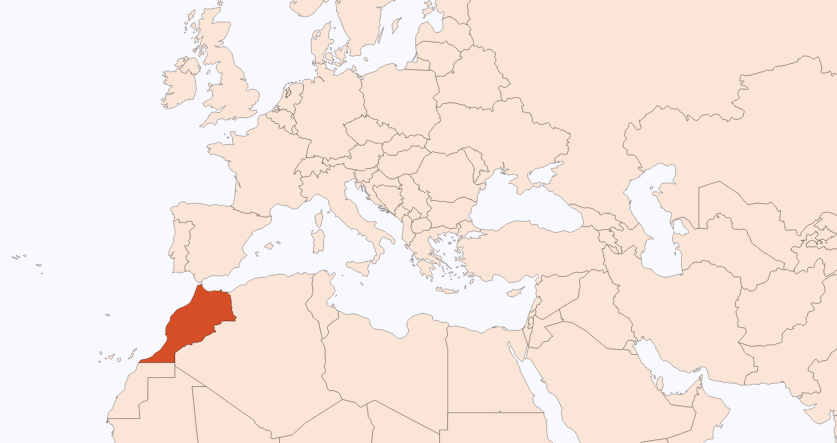
Photo credits: ScenTree SAS
Other comments :
As the α-thujone / β-thujone content may be high in some chemotypes of this essential oil, it is important to check the safety of the product.
Not to be used during pregnancy or lactation.
IFRA
IFRA 51th :
This ingredient is restricted by the 51th amendment


